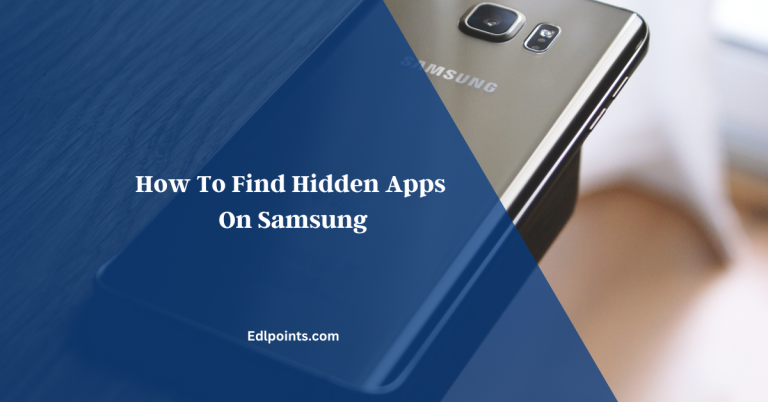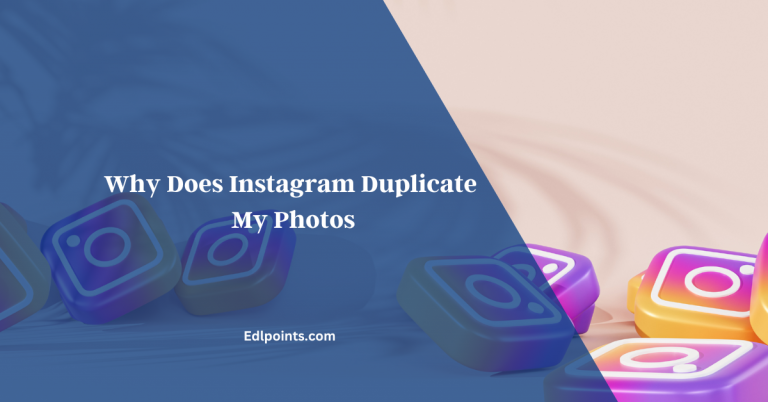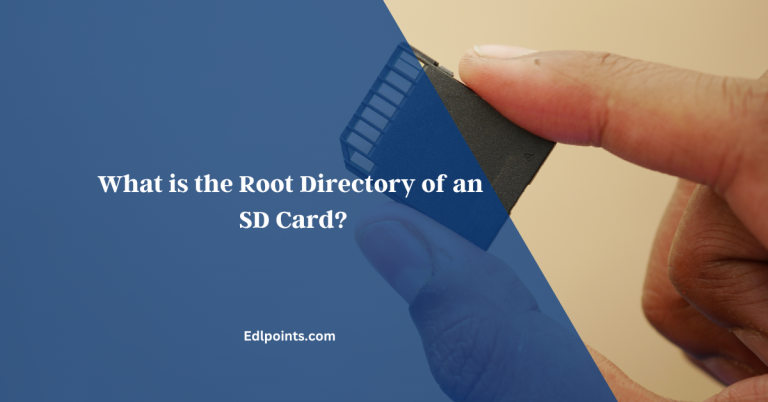What does com Samsung android app stage?
In the dynamic world of Android development, the enigmatic term “com Samsung android app stage” is key to unlocking a realm of possibilities. Ever wondered what lies beneath this digital surface? Join us as we peel back the layers to reveal the essence of the “com Samsung android app stage” and discover why it’s more than just a string of characters
it’s a gateway to a seamless, optimized mobile experience. Let’s delve into the heart of Samsung’s Android app ecosystem and decode the significance of this intriguing identifier.
Table of Contents
What is “com Samsung android app stage”?

Unraveling the Code
In the vast landscape of Android development, “com Samsung android app stage” is more than a mere technical string—it’s a coded language that speaks volumes about the app’s identity and purpose. Let’s break it down:
“com” Prefix
- The ubiquitous starting point in package names, denoting “company” or “commercial.”
- Signifies that the following components are part of a company’s domain.
Samsung
- A heavyweight in the tech industry, Samsung’s influence extends to the Android ecosystem.
- The inclusion of “Samsung” in the identifier hints at a unique integration or optimization for Samsung devices.
Android
- The operating system that powers a majority of the world’s smartphones.
- Indicates compatibility with the Android platform, ensuring the app can run seamlessly on Android devices.
App Stage
- Implies a specific development or deployment environment within the app’s lifecycle.
- Coud denote stages like development, testing, or production, shedding light on the app’s current state.
Significance in the Android Tapestry
Understanding “com Samsung android app stage” goes beyond syntax. It’s a breadcrumb trail for developers, a mark of compatibility for users, and a testament to the intricate dance between Samsung and the Android universe. Let’s explore how this coding syntax plays a pivotal role in the broader canvas of Android app development.
What Functions Does This User Interface Have?
It seems like you’re referring to a user interface associated with “com Samsung android app stage.” Without specific details about the actual app or interface, I can provide a general response about the typical functions a user interface might have in an Android app associated with Samsung. Please provide more details if you have a specific app or interface in mind.
General Functions of a Samsung Android App Interface:
Navigation:
- Intuitive menus and navigation elements for users to move within the app seamlessly.
- Support for gestures or buttons to enhance user experience.
Settings and Customization:
- Access to app settings where users can personalize their experience.
- Options to customize themes, layouts, or other visual elements.
Integration with Samsung Features:
- Utilization of Samsung-specific features, such as the S Pen, Samsung DeX, or Bixby, depending on the device and app purpose.
Device Compatibility:
- Optimization for various Samsung device screen sizes and resolutions.
- Responsive design elements to adapt to different orientations.
Multimedia Handling:
- Integration of multimedia elements like images, videos, and audio.
- Smooth handling of media playback and recording functionalities.
Notifications:
- Implementation of push notifications to keep users informed.
- Options for users to manage notification preferences.
User Authentication and Security:
- Secure login mechanisms, such as biometrics or PIN, if applicable.
- Protection of user data through encryption and secure connections.
Interactive Elements:
- Support for touch interactions, gestures, and animations to engage users.
- Interactive forms, buttons, and other elements for user input.
Offline Functionality:
- Consideration for offline usage, allowing users to access certain features without an internet connection.
Accessibility Features:
- Inclusion of features for users with disabilities, such as voice commands or screen reader compatibility.
Feedback and Support:
- Channels for users to provide feedback or seek support.
- Help or FAQ sections to guide users through common issues.
Social Media Integration:
- Options for users to share content or connect with social media platforms.
- Integration with Samsung’s social features, if applicable.
Remember, these are general functionalities, and the specific functions would depend on the nature and purpose of the app associated with “com Samsung android app stage.”
Why Does The Swype Keyboard Not Work?
edlpoints.com
What Is the Difference Between Com Samsung Android InCallUI and TelephonyUI?
The terms “com Samsung Android InCallUI” and “TelephonyUI” refer to components related to the phone or call functionality in Android, and the exact differences may depend on the specific context and the version of the Samsung software. However, I can provide a general understanding:
com Samsung Android InCallUI:
- InCallUI stands for In-Call User Interface. This component manages the user interface elements and interactions during a phone call.
- Samsung’s addition (com Samsung Android): The “com Samsung Android” prefix suggests that this component is specific to Samsung’s customization or implementation of the Android operating system. Samsung often customizes certain aspects of Android to provide a unique user experience on its devices.
- Functionality: InCallUI handles functions related to ongoing phone calls, such as displaying the call screen, managing call settings, providing options for merging calls, switching between calls, and handling other in-call features.
TelephonyUI:
- TelephonyUI is more generic and refers to the user interface related to telephony functions. It may not be specific to Samsung and could be a part of the broader Android system.
- Functionality: TelephonyUI typically deals with various aspects of telephony, including call management, call setup, and other features related to the phone application. It may include screens for dialing, call logs, and other phone-related functionalities.
Differences:
- The primary difference is that “com Samsung Android InCallUI” is likely to be Samsung’s customized version of the in-call user interface, tailored to Samsung devices’ specific design and functionality preferences.
- “TelephonyUI” is a more generic term that could refer to the Android system’s core telephony-related user interface components, which may or may not be customized by the device manufacturer.
It’s worth noting that the specific functions and appearances of these components can vary between different Android versions and other Samsung devices due to the manufacturer’s customizations. It would be best to refer to the official documentation provided by Samsung or the Android Open Source Project for detailed and up-to-date information.
What does com Samsung Android dialer do?
The “com Samsung Android dialer” typically refers to the default phone or dialer app on Samsung devices that run the Android operating system. The dialer is a crucial component of a smartphone, providing the interface for making phone calls, managing contacts, and accessing other related features. Here are the primary functions of the “com Samsung Android dialer”:
Making and Receiving Calls:
- Dialing Numbers: Users can enter phone numbers manually or select them from their contacts to initiate calls.
- Answering Calls: When receiving a call, users can answer, decline, or send it to voicemail through the dialer interface.
Contact Management:
- Address Book: The dialer integrates with the device’s contact list, allowing users to manage and organize their contacts.
- Favorites: Users can mark specific contacts as favorites for quick access.
Call History:
- Logs: The dialer maintains a call history log, displaying recent incoming, outgoing, and missed calls.
- Redial: Users can quickly redial recent numbers from the call history.
Voicemail:
- Accessing Voicemail: The dialer often includes a shortcut for accessing voicemail services.
Settings and Options:
- Call Settings: Users can configure various call-related settings, such as call forwarding, call waiting, and more.
- Accessibility Options: Some dialers offer accessibility features, such as TTY (Text Telephone) support.
Integration with Other Apps:
- Messaging Integration: The dialer may have integration with messaging apps for sending and receiving text messages.
- Contacts App Integration: It seamlessly integrates with the device’s contacts app for a unified user experience.
Visual Voicemail (Varies by Carrier):
- Visual Voicemail Features: Depending on the carrier and device, the dialer might support visual voicemail, allowing users to view and manage voicemail messages in a visual interface.
Emergency Services:
- Emergency Calls: The dialer includes a dedicated button for making emergency calls, adhering to safety and regulatory standards.
Samsung-Specific Features:
- Device-Specific Optimizations: The “com Samsung Android dialer” may include optimizations or features specific to Samsung devices, enhancing the overall user experience.
Updates and Security:
- Software Updates: The dialer app may receive updates to improve functionality, security, and performance.
- Security Features: It incorporates security measures for protecting user privacy during calls and in the management of call logs.
In summary, the “com Samsung Android dialer” is a comprehensive tool that goes beyond basic call functionality, offering a range of features to make the calling experience efficient and user-friendly on Samsung Android devices. The specific features can vary slightly between different models and versions of Samsung devices.
Role of “com Samsung android app stage” in App Development

Navigating the Development Landscape
In the intricate realm of Android app development, the identifier “com Samsung android app stage” plays a pivotal role in shaping an app’s trajectory from conception to deployment. Let’s explore how this identifier influences the development process and contributes to creating seamless, Samsung-optimized applications.
Package Structure:
- Organizing Code: The “com” prefix in “com Samsung android app stage” is a fundamental building block in the package structure. It helps developers organize and differentiate their codebase, especially when multiple apps or modules are involved in a project.
Samsung Integration:
- Tailored Experience: Including “Samsung” within the identifier indicates a level of integration with Samsung’s ecosystem. Developers leverage this integration to optimize their apps for Samsung devices, tapping into proprietary features and ensuring a tailored experience for users of Samsung smartphones and tablets.
Android Compatibility:
- Widening Reach: The presence of “Android” underscores the app’s compatibility with the broader Android platform. This ensures that the app can seamlessly run on various devices beyond Samsung, extending its reach to a global audience.
Development Environment:
- App Lifecycle Management: The “app stage” component hints at the app’s current position in its development lifecycle. Whether in the development, testing, or production stage, this identifier aids developers in managing and deploying their apps with precision.
Developer’s Toolbox
Understanding the “com Samsung android app stage” equips developers with a powerful toolbox, allowing them to harness the capabilities of Samsung’s hardware and software while adhering to Android’s universal standards. This synergy between company-specific customization and broader platform compatibility is integral to crafting high-quality, versatile apps.
Optimizing for Samsung Devices:
- Device-specific Features: Developers can exploit the “Samsung” element to optimize their apps for specific features unique to Samsung devices, ensuring a seamless and enhanced user experience.
Unified Android Experience:
- Platform Consistency: The combination of “Android” ensures that, despite Samsung customizations, the app remains consistent with the overall Android experience. This consistency is vital for user familiarity and acceptance across the diverse Android ecosystem.
Testing and Debugging:
- Efficient Lifecycle Management: The “app stage” aids developers in efficiently managing the app’s lifecycle. It facilitates testing and debugging processes, allowing a smooth transition from development to deployment.
Balancing Act
In essence, the “com Samsung android app stage” encapsulates the delicate balance between tailored innovation and universal accessibility in Android app development. Armed with this identifier, developers embark on a journey to create applications that harmonize with Samsung’s ecosystem while resonating with Android users worldwide.
As we continue our exploration, we’ll delve into the implications of the “com Samsung android app stage” for end-users and how it shapes the interactive landscape on Samsung devices.
Common Issues and Troubleshooting
Navigating the Challenges
Even in the meticulously crafted world of “com Samsung android app stage,” developers may encounter hurdles that require adept troubleshooting. Let’s shed light on common issues that may arise and explore effective strategies to navigate these challenges seamlessly.
Compatibility Quandaries:
- Issue: Ensuring the app performs optimally across various Samsung devices can be challenging.
- Troubleshooting: Rigorous testing on a spectrum of Samsung hardware and adherence to best coding practices helps preempt compatibility glitches.
Lifecycle Conundrums:
- Issue: Mismanagement of app stages in development, testing, or production can lead to deployment hiccups.
- Troubleshooting: Implementing robust version control and meticulous tracking of the app’s lifecycle status aids in smooth transitions between stages.
Integration Complexities:
- Issue: Seamless integration with Samsung-specific features might pose complexities.
- Troubleshooting: Leveraging Samsung’s developer resources, forums, and documentation assists in resolving integration challenges, ensuring a harmonious marriage of app and device features.
Performance Puzzles:
- Issue: App performance may vary on different Samsung devices, impacting user experience.
- Troubleshooting: Fine-tuning the app’s performance, optimizing for diverse hardware specifications, and addressing device-specific considerations enhance overall stability.
Update Woes:
- Issue: Challenges in deploying timely updates and patches to address emerging issues.
- Troubleshooting: Implementing an agile update strategy, leveraging automated tools, and collaborating with Samsung’s update frameworks streamline the update process.
Empowering Developers
Troubleshooting within the realm of “com Samsung android app stage” is not merely problem-solving; it’s a strategic approach to fortify the app’s resilience and enhance the user experience. Developers, armed with a proactive mindset, can turn challenges into opportunities for growth.
Diagnostic Tools:
- Empowerment: Equipping developers with robust diagnostic tools facilitates efficient issue identification and resolution.
- Strategic Approach: Adopting a systematic approach to debugging and utilizing tools like Android Studio’s debugging features expedites issue resolution.
Community Collaboration:
- Knowledge Sharing: Engaging with the vibrant developer community and Samsung’s developer forums provides a wealth of insights.
- Collective Wisdom: Learning from shared experiences and collaborating with fellow developers fosters a culture of collective problem-solving.
Continuous Learning:
- Adaptability: The dynamic nature of Android development demands continuous learning.
- Knowledge Expansion: Staying abreast of updates, attending developer conferences, and investing in ongoing education strengthens a developer’s toolkit.
Nurturing Resilient Apps
In the dynamic landscape of “com Samsung android app stage,” troubleshooting isn’t just about resolving issues; it’s about nurturing resilient apps that thrive in diverse environments. As we conclude our exploration, developers are encouraged to approach challenges with curiosity, embracing each troubleshooting instance as an opportunity for growth and refinement.
What Does Wireless Caller Mean?
edlpoints.com
Conclusion
In the intricate landscape of “com Samsung Android app stage,” we’ve unveiled the essence of a coding identifier that bridges innovation and universality. From its role in development, troubleshooting challenges, to the functionalities of Samsung’s dialer, this journey illustrates the harmonious dance between tailored experiences and global accessibility.
As developers navigate this realm, embracing challenges as opportunities, they craft resilient apps that resonate across Samsung devices. The future of Android development lies in the seamless integration of “com Samsung Android app stage,” where each code symbolizes not just lines of programming but a gateway to a dynamic and enriched user experience.






